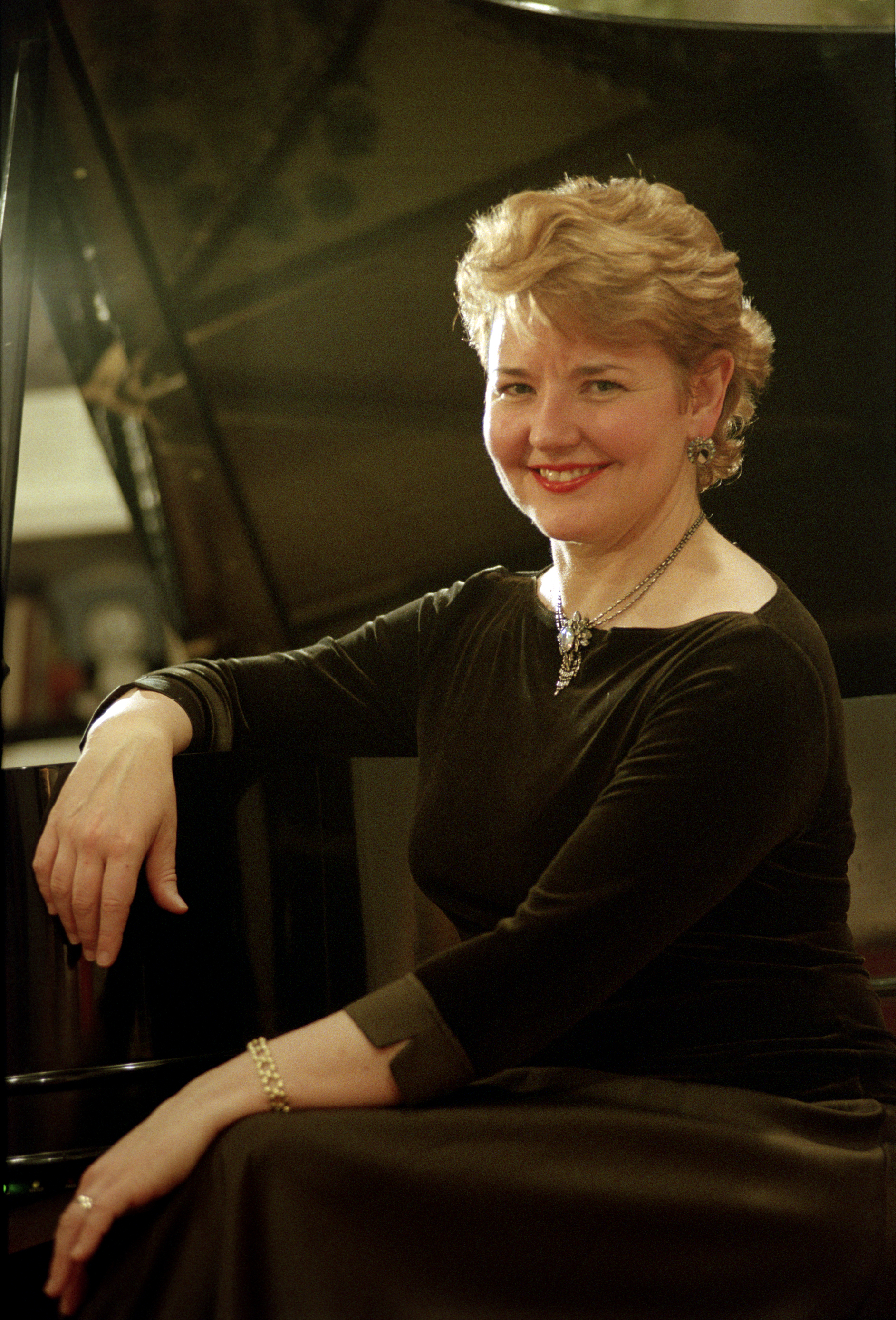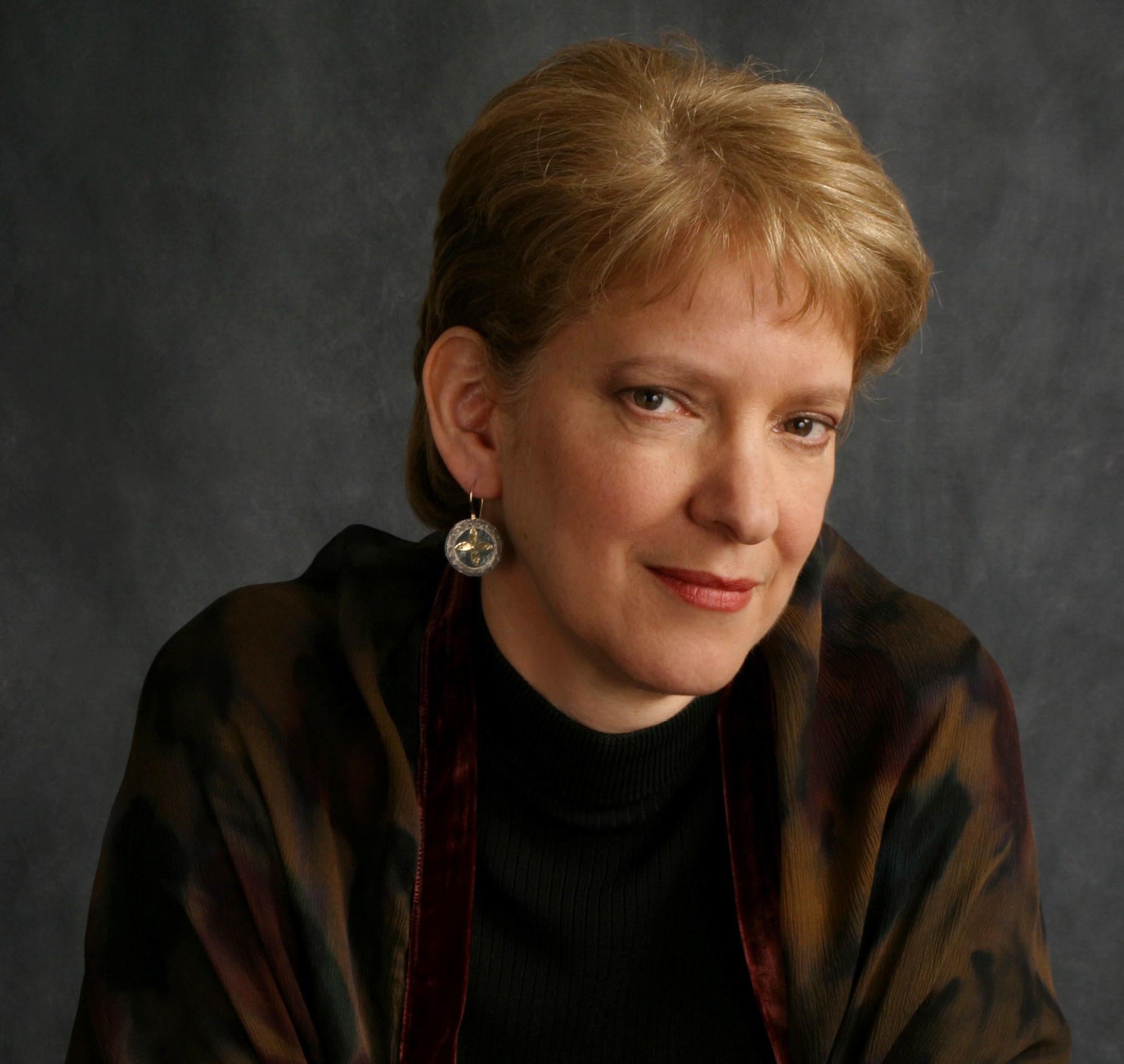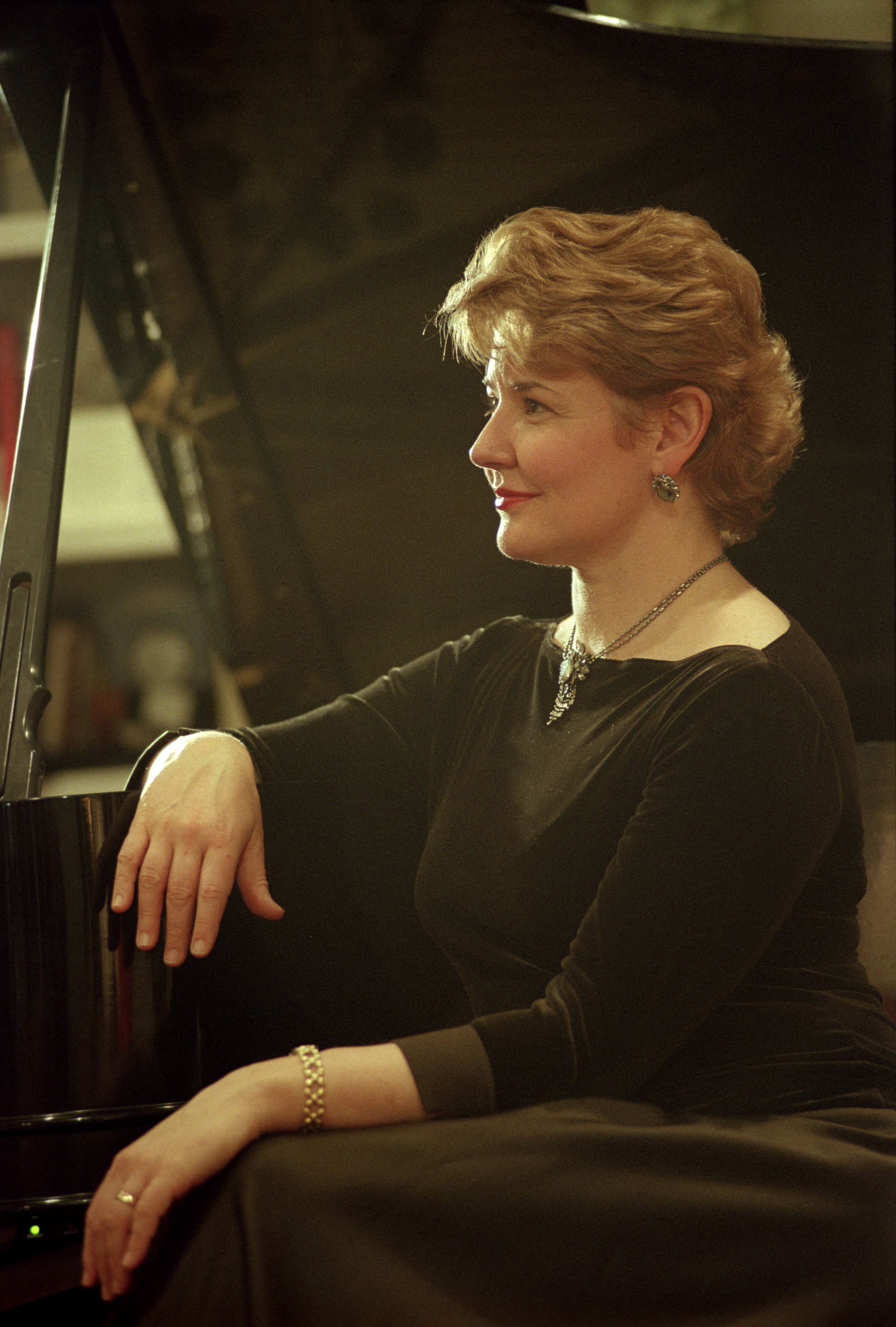Pianist Gayle Martin: To Keep the Dark Away - watch the interview, read my review
Buy the CD
Visit composer Judith Shatin’s web site
Download PDF of the review
The power of words and storytelling anchor this 2016 Ravello Records CD release To Keep The Dark Away by pianist Gayle Martin. Recorded at Octavan Audio in Yonkers, NY the sound capture by digital editing producer Marlan Barry and studio engineer Ryan Streber is magnificently clean and intimate, while also attending to every nuance of color coaxed from the studio’s in-house instrument by the pianist.
Martin’s programming for To Keep The Dark Away as the title track makes clear, focuses on music that enhances the already vivid aural imagery of poetry, literature, narrative and legend. Two works written for Martin by American composer Judith Shatin, To Keep The Dark Away inspired by five Emily Dickinson poems and Fantasy on St. Cecilia a redux transcription for solo piano of her 1985 piano concerto The Passion of St. Cecilia; Liszt’s arrangement for piano of Robert Schumann’s lied Widmung; five selections from Prokofiev’s Romeo and Juliet, Ten Pieces for Piano, Op. 75 and two Wagner/Liszt transcriptions for piano, Ballade of the Flying Dutchman and Isoldes Liebestod give this disc patent on several levels, not least for originality.
Friedrich Rückert’s poem Widmung (Dedication) [track 1] informed Robert Schumann’s passionate love for his wife Clara and is the opening work of his 1840 song cycle Myrthen, Opus 25, a wedding gift for his wife-to-be. Liszt’s piano only transcription is arguably one of the most beautiful ‘songs without words’ in the keyboard repertoire. Martin’s approach to the piece on this disc is one of sublime elegance, her playing reflective, gentle, caressing and understated, the last gossamer bars embodying poet Friedrich Rückert’s paean; Du meine Seele, du mein Herz/Du meine Wonn’,o du mein Schmerz (You my soul, you my heart/You my rapture, O you my pain.
American composer Judith Shatin explores sound with an informed and inquisitive compositional palette. Her enthrallment with the tonal world at large - a cross genre interest in the banal as well as the brilliant, the electronic as well as the acoustic - informs with even greater clarity the succinct musical imagery and profound messaging of the spoken word.
Five poems by the enigmatic American recluse Emily Dickinson (1830-1886) inspire Shatin’s 2011 set of fragile, often pointillist and occasionally coy piano miniatures, To Keep the Dark Away [tracks 2-6]. Composed for Martin and premiered by the artist in New York City, The first of the set and the work’s namesake seems to emerge from a grotto - slow ripples of sound that run deep. A short, foggy pianistic discourse on dissipation, like a memory not quite remembered, To Keep the Dark Away emulates Dickinson’s text to a tee, especially the last stanza; ‘Till his best step approaching/We journey to the day/And tell each other how we sung/To keep the dark away.
The next piece in the set, A Glee Possesseth Me, is delightfully light and pointillist, exploring with splashes of color and sweet musical mischief Dickinson’s charming fantasies conjured from her cloistered upstairs bedroom in Amherst; I cannot dance upon my Toes - No Man instructed me/But oftentimes, among my mind/A Glee possesseth me. An Actual Suffering Strengthens is the third piece in the set, inspired by poem 686, They say that “Time assuages.” Shatin’s compositional imagery is impressive. Dark, pounding, persistently anxious in stinted meter and dramatic portent, a short-lived and terse futility permeates the distressed mood of the poem and music like walking barefoot on broken glass; Time is a Test of Trouble/But Not a Remedy/ If such it prove, it prove too/There was no malady.
The Auroral Light sets a magical mood with its mystical pulse and circumnavigation of tonality, like the passage of galaxies through the universe. Hypnotic, the music eventually becomes gaseous and twinkles out, but not before Dickinson/Shatin make clear their personal catechism; Morning is due all/To some - the Night/To an imperial few - The Auroral light. The opening chords of the last piece of the set, Whose Spokes a Dizzy Music Makes, seem to pose an enigma of some kind, then forge ahead through the tonal spectrum, nesting here then flitting there, as does Dickinson’s avian protagonist. Shatin the colorist, has a collaborative partner in Martin, whose clarity of technique, articulation and nuanced narrative helps transform words to sound; Within my Garden, rides a Bird/Upon a single Wheel/Whose spokes a dizzy Music makes/As ‘twere a travelling Mill.
The second Judith Shatin work on this extraordinary disc, Fantasy on St. Cecilia [tracks 12-14] is another commission by pianist Martin from 1996 - a transcription for solo piano of the composer’s 1986 piano concerto The Passion of St. Cecilia. Martin premiered the piano concerto and offers a riveting performance of the three-movement transcription worthy of the sole American laureate to reach the finals of the sixth International Tchaikovsky Piano Competition in Moscow - the third American woman to do so.
A stunning contrast in compositional style and heft after the appropriately spare, even minimalist delicacies of the Dickinson-inspired To Keep the Dark Away, the first movement titled Her Struggle describes the agonized fore-knowledge of impending martyrdom for music’s patron saint; a cataclysm of smashing chord clusters (arm slams on the keyboard) and foreboding lower register rumblings.
Chaos and self-doubt rake the sound spectrum of the movement. Hope is continually interrupted by quirky, dance-like permutations and macabre harmonic descents into the void. Staggered, off-kilter rhythms and black colors inhabit Her Struggle and leave the listener appropriately drained.
The second movement, Her Passion, is a musical out-of-body experience. Diatonic ecstasy – Shatin’s colors are spellbinding – take the listener to a different world altogether; subconscious, resigned, metaphysical. Beatitudes, visions of angels and redemption ultimately prevail, as the delicate last bars of the movement attest, but the journey to bliss is never easy.
The last movement of Fantasy on St. Cecelia is graphic, like Berlioz’ Walk to the Scaffold movement from Symphonie Fantastique. Scary stuff, with a pervading and unsettling restlessness, more dark colors and thick chord clusters. Powerful writing in the lower register for the piano renews the horrifying rhythmic figure of the movement’s opening bars, achieving an hysterical frenzy before plunging resolutely downward to oblivion. Wow! A signature part of Gayle Martin’s portfolio, Fantasy on St. Cecilia shouts the artist’s virtuosity and justifies composer Shatin’s trust. Spectacular!
Also on the CD, a dazzlingly stylish and flawlessly descriptive performance by Martin of five movements from Prokofiev’s Romeo and Juliet, Ten Pieces for Piano, Op. 75 and two gorgeously executed Wagner/Liszt transcriptions, Ballade of the Flying Dutchman and the exquisite Isoldes Liebestod.
Kudos to pianist Gayle Martin for a unique CD of cutting edge virtuoso contemporary piano works by composer Judith Shatin, paired beautifully with piano transcriptions of late nineteenth and mid-twentieth century masters Wagner, Liszt and Prokofiev.
Daniel Kepl | Performing Arts Review


Daniel Kepl interviews pianist Gayle Martin

To Keep the Dark Away by Judith Shatin
performed by pianist Gayle Martin


Composer Judith Shatin

Pianist Gayle Martin